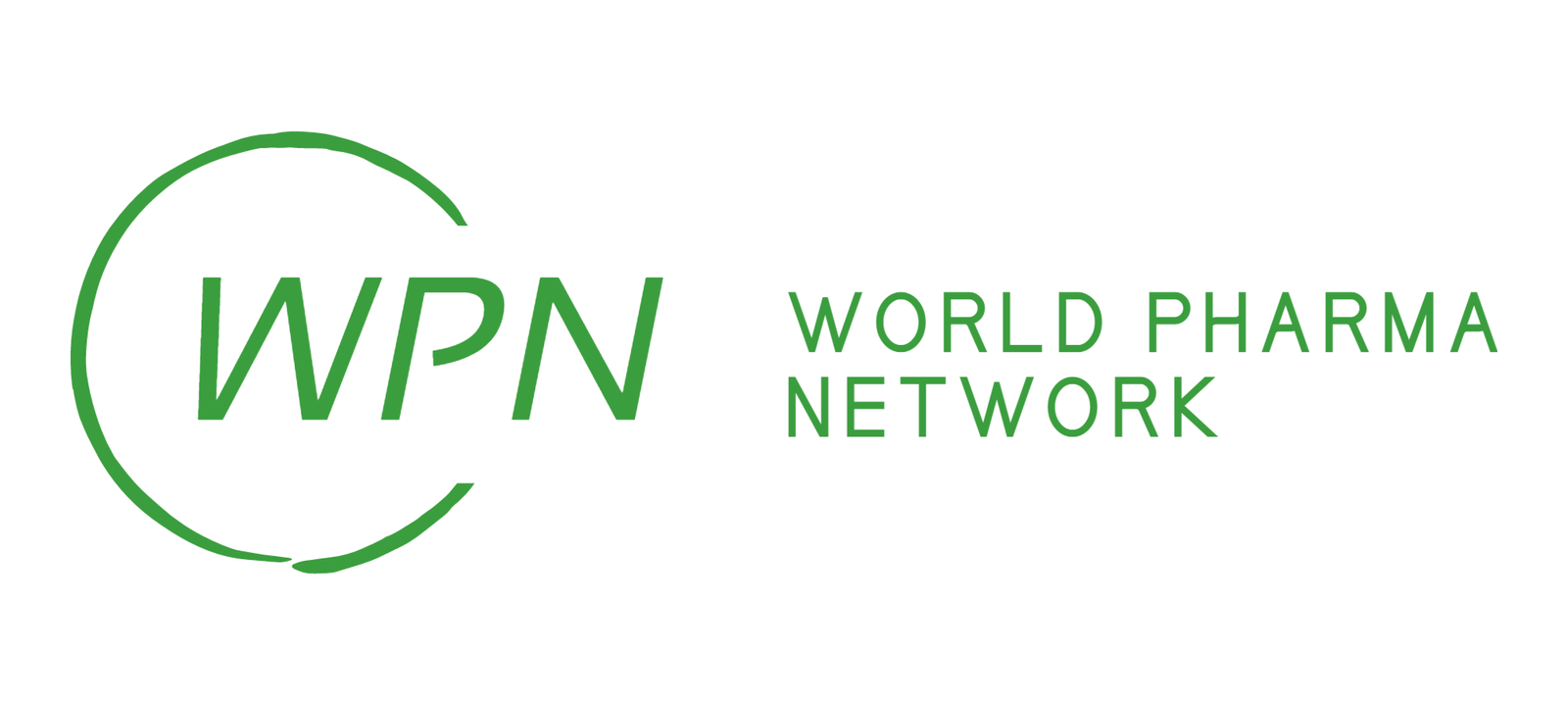The incidence of male breast cancer is rare, but it can happen.
You may have a misconception that breast cancer is a gender-specific condition. Females are only vulnerable to get breast cancer disease. But men can also have a rare possibility to develop breast cancer too. As per the CDC report, the ratio of male breast cancer diagnosis in the USA is 1:100. There is no difference between male and female breast cancer types. Following are the common types of breast cancer:
- Invasive ductal carcinoma. The cancer growth starts from other breast tissue and invades the duct. In some cases, metastasize cells from other body parts spread to the mammary duct.
- Invasive lobular carcinoma. Cancerous cell growth spread from the lobules to the adjacent breast tissue. The metastatic cells are invasive and invade other parts of the body.
- Ductal carcinoma in situ (DCIS). This is a disease condition occurred in the breast that may cause breast cancer. These cancer cells have limited growth in the lining of the ducts. But other breast tissues are not affected.
Symptoms
Breast cancer in men has the following symptoms:
- A self-palpable lump or bumpy feeling in the breast
- Flaky skin or redness in the breast
- Skin irritation in the breast
- Discharge from nipple
- Pain in the nipple area
The above-mentioned symptoms can occur with other health conditions also. It is always better to consult with a doctor in case any of the symptoms appear.
What Are the Risk Factors?
There is no specific risk factor that triggers male breast cancer. But following are some factors that may increase the possibility to develop breast cancer in males.
Aging
Getting older is the biggest challenge that influences breast cancer. The common predominance of breast cancer is found after 50 years of age.
Genetic mutation
Faulty gene mutation on BRCA1 and BRCA2 is often found in breast cancer patients.
Hereditary history
The chances of breast cancer risk are higher in men if their close family member had the same problem in past.
Radiation therapy
Men who have a previous medical history of exposing radiation therapy may develop breast cancer.
Hormone therapy
Prostate cancer patients who had been under hormonal therapy may develop breast cancer in the future.
Klinefelter syndrome
Klinefelter syndrome is a rare genetic disorder that occurs in men who have an additional X chromosome. In this condition, hormonal imbalance occurs by enhancing higher estrogen and lower androgen levels.
Testicular conditions
Swelling, injury, or surgical removal of testicles may trigger breast cancer.
Liver disease
Liver cirrhosis lowers androgen level and raises estrogen level in men that increase breast cancer risk.
Overweight and obesity
Breast cancer risk increases with increased BMI. Older obese men have a higher risk of breast cancer than men at a normal weight.
How one can reduce breast cancer risk?
It is always better to consult a doctor if close family members had breast or ovarian cancer incidence because of BRCA1 or BRCA2 mutation. In such cases, genetic counseling may require to estimate the risk. In men, mutations in the BRCA1 and BRCA2 genes are an associated risk factor for breast cancer, high-grade prostate cancer, and pancreatic cancer.
The doctor will guide if the genetic test report is positive. Maintaining a normal weight, healthy lifestyle may reduce the possibility of breast cancer incidence.
Breast Cancer Treatment
Breast cancer treatment is the same for both men and women. Surgical removal, chemotherapy, radiation therapy, hormone therapy, and targeted therapy are different conventional treatments available for breast cancer. The size of the tumor and the nature of cancer spreading are considerable elements for a treatment plan.

